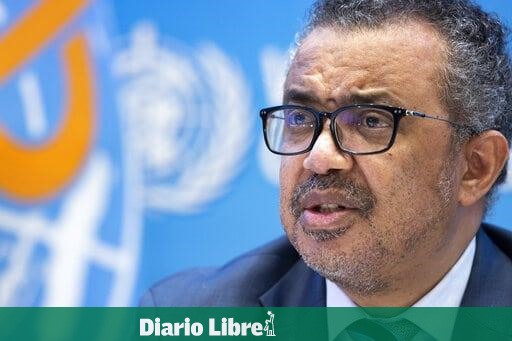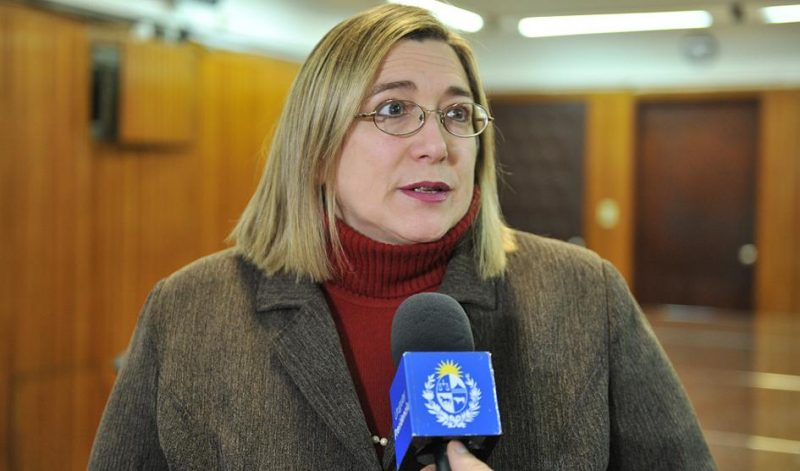confirmed cases of monkey pox in non-endemic countries they currently rise to 643, five times more than those reported a week ago, the World Health Organization said today (WHO), which details that the United Kingdom is the country with the most reported infections (190) followed by Spain (142).
Other countries with a high number of cases are Portugal (119), Germany (44), Canada (26), USA (18), France (17), Italy (14) and Belgium (10), as indicated in a meeting of experts to analyze the response of the health community to this outbreak, in which more than 2,000 professionals linked to the WHO.
In total, cases have been diagnosed in 26 countries, 20 of them European, although there have also been confirmed infections in Argentina (2), Mexico (1), the United Arab Emirates (4) and Australia (2), in addition to those mentioned in USA and Canada.
The experts stressed that despite the unusualness of this outbreak, it is “still controllable”, and stressed that the priority must be to combat the disease in its endemic foci of Africa central and western, where 66 people have died as a result of it so far this year.
In the nine African countries where the disease is endemic, 1,405 infections have been detected this year (1,264 in the Democratic Republic of the Congo, where 58 of the deaths were recorded), although most are suspected cases that were never confirmed in the laboratory.
In the meeting of the WHO inaugurated today, which will end tomorrow, Friday, the assistant to the director of health emergencies of the WHO Ibrahima Soce Fall stressed that the medical community must focus on continuing to detect cases, analyze possible chains of transmission and protect health workers.
For this, vaccines against conventional smallpox could be used, a more serious disease that was eradicated on the planet 40 years ago, so vaccination against this disease was interrupted decades ago and many younger generations are not immunized.
Both smallpox are caused by viruses of the same family (orthopoviruses), and it is estimated that the conventional smallpox vaccine is 85% effective against monkeypox, although that percentage may have dropped due to the long time in which most people were inoculated decades ago.
Experts agreed today that mass vaccination of the entire population of an affected country against the monkey pox.
London School of Tropical Medicine expert Paul Fine stepped in to explain that when the monkey poxat the end of the 1950s, it was feared that it could fill the “vacuum” left by the traditional smallpox eradication campaign, although in the end this did not happen.
However, after the end of smallpox in the late 1970s and the consequent suspension of vaccination against a disease that caused great mortality in humans for millennia, cases of monkey pox in Africa.
This caused many to question the suspension of vaccination campaigns against smallpox in Africahe remembered.
In the last decade the center of Africa has reported about 18,000 cases of monkey poxcompared to about 2,000 in the western part of the continent, although Fine clarified that most of them are suspected cases that have never been confirmed.
The expert stressed that it is believed that the main origin of this zoonotic disease (which is transmitted from animals to man) seems to be in squirrels and other rodents, which is why its current name “monkey pox“It’s questionable.
The disease was named after being first detected more than half a century ago by researchers in Copenhagen, the Danish capital, who identified it in monkeys from Singapore.
Fine indicated that the disease has a transmissibility of between 10 and 15% in humans, that is, that is the percentage of people who usually contract it if they live closely and in the same room with an infected person, without taking sanitary measures. preventive.
The first cases of the current outbreak in non-endemic areas were reported on May 7 in the United Kingdom, and since then the WHO has taken measures to monitor the progress of infections and study possible containment measures.
The illness usually lasts two to four weeks, and usually begins with fever, headaches, fatigue or itching, and ends in skin rashes that usually start on the face, but can spread to other parts of the body.
As preventive measures, the WHO recommends avoiding physical contact with infected people, wearing a mask when in contact with them or their clothing, and cleaning and disinfecting possibly contaminated surfaces.








